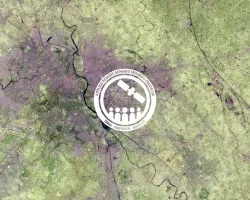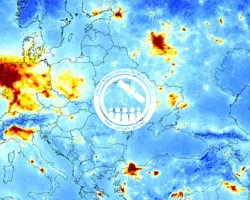Description
This advanced webinar series will build the capacity to apply Python codes and other online tools to read, map, and analyze datasets from NASA Goddard Earth Observing System (GEOS) air quality forecasts as well as products from the second Modern-Era Retrospective analysis for Research and Application (MERRA-2) reanalysis. The training will run three sessions, with each session two hours long. The sessions will include lectures and hands-on activities, including exercises, interacting with web-based and offline python tools, and time to perform analyses.
- Please remember to complete our on-demand Session 1 of our Fundamentals of Remote Sensing series or have equivalent experience.
- Follow these steps in order to be able to access and download MERRA-2 data:
- Create a NASA EarthData Login
- Link GES DISC with your EarthData account
- Verify by downloading this example data file URL
- Once registered, you should be able to download GES DISC data using your browser. Additional steps might be required when downloading the data:
- Additional information can be found on the GES DISC Data Access website
- Review Part 2 from the Series Introduction and Access to Global Air Quality Forecasting Data and Tools
By the end of this training attendees will be able to:
- Download, map, and subset GEOS outputs using tools developed by the Goddard Earth Sciences Data and Information Services Center (GES DISC)
- Perform intercomparison and evaluation of analysis and forecast output using Jupyter notebooks
- Perform air quality assessment using reanalysis and forecasts from GEOS, ground and satellite measurements
This training is primarily intended for local, regional, state, federal, and international organizations involved in air quality management and forecasting, and those with an interest in applying remote sensing and global models for air quality applications.
- Three sessions, each two hours long
- Lecture and Hands-on Lab time (Advanced)
- GEOS FP and GEOS-CF forecasts, and MERRA-2 Reanalysis
- GES DISC tools for visualization and analysis
Materials:
- Hands-On Exercise: Intercomparison with Satellite Observations
- Hands-On Exercise: Validation with Surface Observations
Materials:
- Presentation Slides
- Part 2 Codes and Data
- Q&A Transcript
- Case Study Analysis: Instructor-led exercise to combine data and apply tools to assess forecast and analysis performance
Materials:



